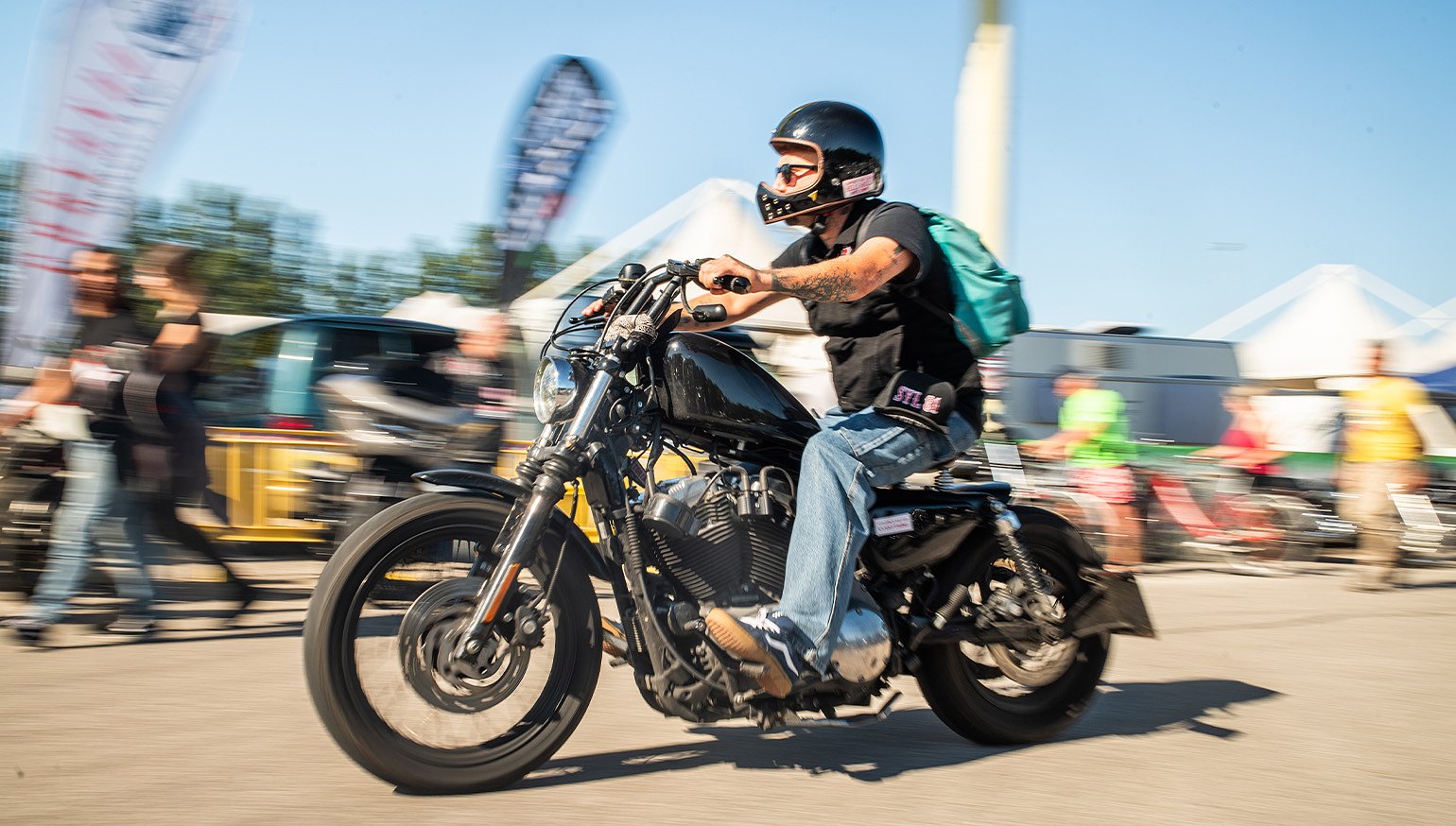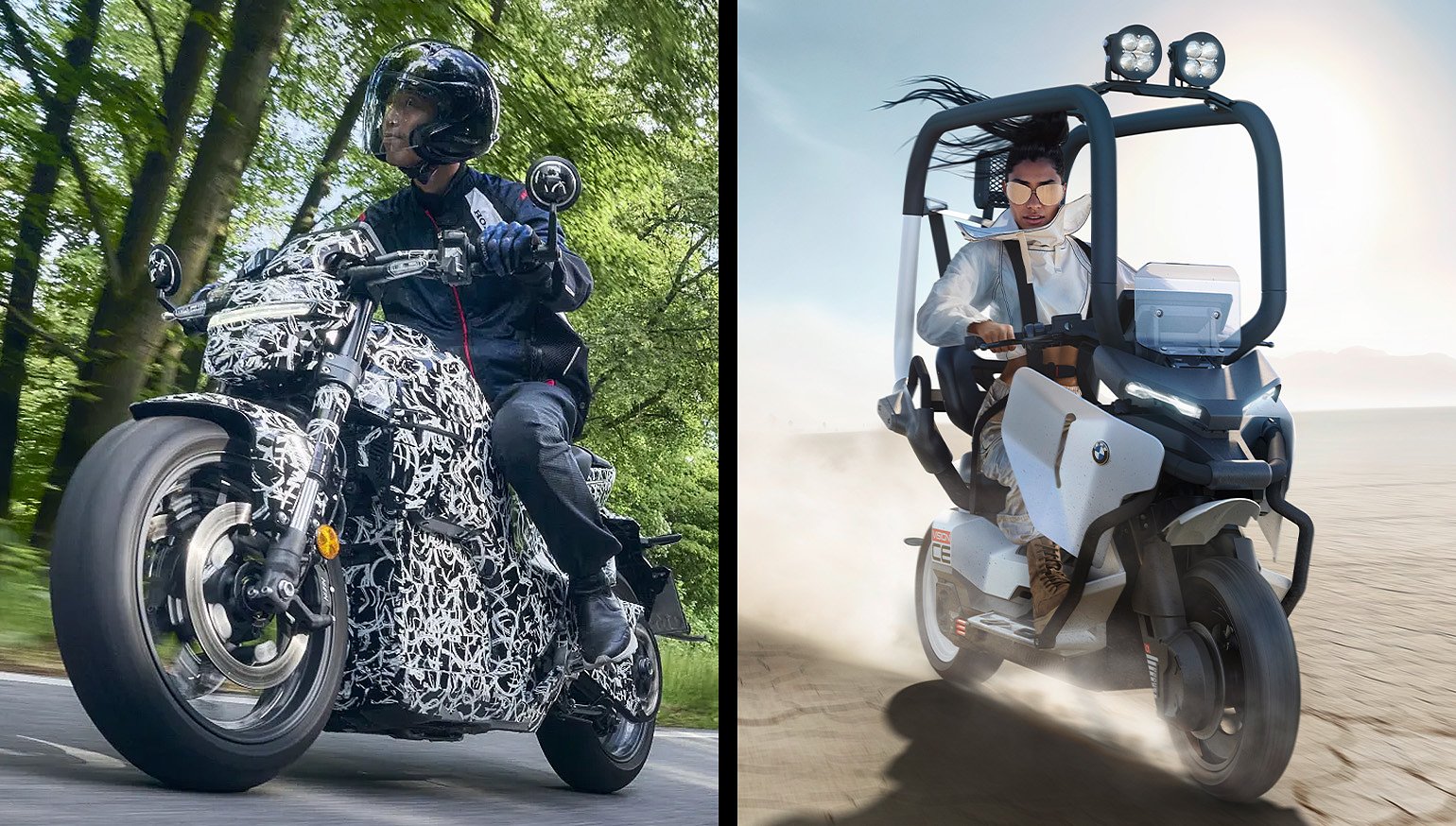In late September, Kawasaki officially confirmed the 2026 Z1100 and Z1100 SE for European markets. That announcement only left U.S. customers wondering, “What about us?”
After nearly two weeks of delay, Team Green just answered in the affirmative. Well, for the SE variant, at least.

Powering the 2026 Z1100 SE is Kawasaki’s recently refreshed 1,099 cc inline-four. Complete with larger 38 mm throttle bodies, updated cam profiles, and new valve springs, it’s the same engine that debuted in the Ninja 1100SX SE and Versys 1100 SE LT earlier this year. Even the output remains virtually identical to those two models at 134 horsepower (at 9,000 rpm) and 83.3 foot-pounds of torque (at 7,600 rpm).

The four-cylinder mill also acts as a stressed member of the Z1100’s aluminum twin-tube frame. Kawasaki claims the duo yields “sharp handling and direct rider feedback.” Characteristics reportedly preserved by the engine’s three rigid mounts and one rubber mount.

For suspension duties, the SE turns to a big-piston, separate-function fork from Showa and a gas-charged Öhlins S46 rear shock. The former boasts full adjustability while the latter offers rebound and preload adjustments.
To support the SE’s sporty ambitions, Kawi equips the supernaked with a wealth of IMU-driven rider aids. There’s Kawasaki Cornering Management Function (KCMF), which “modulates brake force and engine power to assist the rider” through the corner. There’s Kawasaki Traction Control (KTRC) and Kawasaki Intelligent anti-lock Brake System (KIBS). Even a quickshifter and cruise control come standard.

In many ways, the Z1100 SE is the spiritual successor to the Z1000. Not just in its role at the top of Kawasaki’s (non-supercharged) Z range, but in appearance, too. The Japanese marque calls attention to the model’s “concentrated mass toward the front and the flick-like tail cowl” as well as its “slim LED headlamp,” but that’s just the long way of saying the Z1100 looks identical to the 2014 Z1000.
As the image slider above illustrates, the Z1100 is a bit of a copy/paste job. It’s difficult to fault Kawasaki for plagiarizing itself, though. After all, it sure seems like Ducati’s Streetfighter series and Honda’s CB1000 Hornet SP drew heavy inspiration from the Z1000. Why can’t the Z1100?
Starting at $14,999, the reasonably priced Z1100 SE joins the increasingly crowded and competitive liter-plus naked bike category. It may have taken Kawasaki a few days to confirm the model for the U.S. market, but units are already rolling into dealerships around the country.
| 2026 Kawasaki Z1100 SE | |
|---|---|
| Price (MSRP) | $14,999 |
| Engine | 1,099 cc, liquid-cooled, 16-valve, inline four |
| Transmission, final drive | Six-speed, chain |
| Claimed horsepower | 134 @ 9,000 rpm |
| Claimed torque | 83.3 foot-pounds @ 7,600 rpm |
| Frame | Aluminum twin-tube |
| Front suspension | Showa Separate Function Fork – Big Piston (SFF-BP) 41 mm fork, adjustable for spring preload, compression, and rebound damping; 4.7 inches of travel |
| Rear suspension | Öhlins S46 shock, adjustable for spring preload and rebound damping; 5.4 inches of travel |
| Front brake | Dual Brembo M4.32 calipers, 300 mm discs with ABS |
| Rear brake | Single-piston caliper, 250 mm disc with ABS |
| Rake, trail | 24.5 degrees, 4.0 inches |
| Wheelbase | 56.7 inches |
| Seat height | 32.1 inches |
| Fuel capacity | 4.5 gallons |
| Tires | Dunlop Sportmax Q5A, 120/70ZR17 front, 180/55ZR17 rear |
| Claimed weight | 487 pounds |
| Available | Now |
| Warranty | 12 months |
| More info | kawasaki.com |















